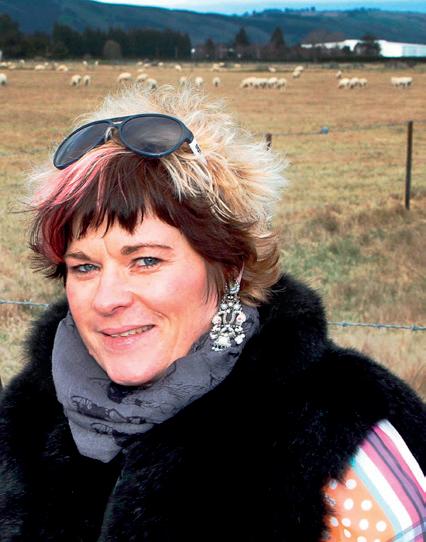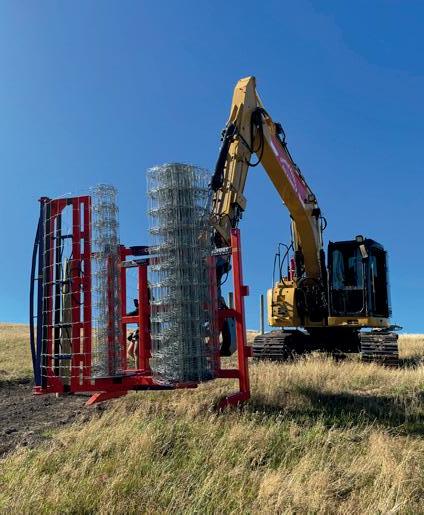
3 minute read
What's in a bite?
In the autumn, seeing young stock graze on a new break of green grass as the dew drops sparkle in the early morning sun is a welcome sight, especially after the summer dry. Or is it? In fact, danger often lurks hidden in plain sight, which is something important for livestock owners to know.
Consider if just one of those dew drops contains 100 individual infective third stage (L3) parasite larvae, then in just one mouthful an animal could consume several thousand larvae. It is no wonder that gastro-intestinal parasitism is one of the most common infections in livestock. Where did these nasties come from? It was courtesy of the young stock themselves, grazing over the summer and discharging parasite eggs in their dung out onto the pasture, providing newly hatched larvae shelter to survive the sun’s desiccating heat. However, once significant rainfall comes, everything in the parasite world out in the paddock rapidly changes up a few gears. Simultaneously multitudes of eggs hatch to join other larvae and progress through their development stages, aided by the warm, moist autumn weather. Within just a few weeks, a wave of L3 larvae can quickly mature and move up from the pasture base into dew drops — ready to be swallowed by their host. Which is why after a summer-dry period, young stock can very rapidly lose weight, develop diarrhoea and in some instances, die. In fact, 95 percent of a property’s entire gastro-intestinal worm population live freely out in the environment, as either eggs or larvae and not in an animal. Some worm species can survive over 12 months out in the paddock, perpetuating worm infections from one season to the next. Therefore, simply selling off stock infected with drench-resistant worms will not readily alleviate the problem on a property and why using a good worm management strategy is important.
Parasite management strategies
• Minimise exposure of young stock to larvae by avoiding grazing paddocks hard near the pasture base, especially in the autumn, as this is where the infective L3 larvae live.
• Reduce susceptible animals’ contact with L3 larvae by using strategic stock management practices, e.g., after a mob of lambs either graze adult sheep or other species like cattle to ‘vacuum’ L3 larvae off paddocks. • Before drenching it is best to test to find out what level of worm burden stock have and then use an appropriate drench product.
Scorpius Elite Spot-On is ideal for use in sheep. • Be sure to keep your stock in good body condition, well fed and with adequate mineral status as this better equips animals to withstand a parasite challenge. Some good options are: NRM Sheep Nuts,
Summer Dry Nuts, or for weaner calves, Sweet16. • Continuously monitor parasite numbers in livestock, stock health and production attributes — especially body weight gains in young stock. • Utilise a customised parasite management program for your property. • Practicing refugia is recommended, which is leaving some animals in a mob undrenched.
• Minimise stress: provide shade, shelter in adverse weather and always focus on disease prevention.
Autumn is a period of very high risk for young stock because not only are they still growing, they lack full immunity to these worms whose numbers are at their annual zenith on paddocks. Consequently, it is essential to have a good drench program in place and keep animals well fed with sufficient dietary nutrients so that they can better withstand any parasite challenge.
| Given the right environmental conditions, multiple L3 larvae can be present in dew drops, waiting to be eaten.
For further information, contact your Farmlands Technical Field Officer or the friendly team at your local Farmlands store.
Article supplied by Tiffany Menzies Technical Product Manager










